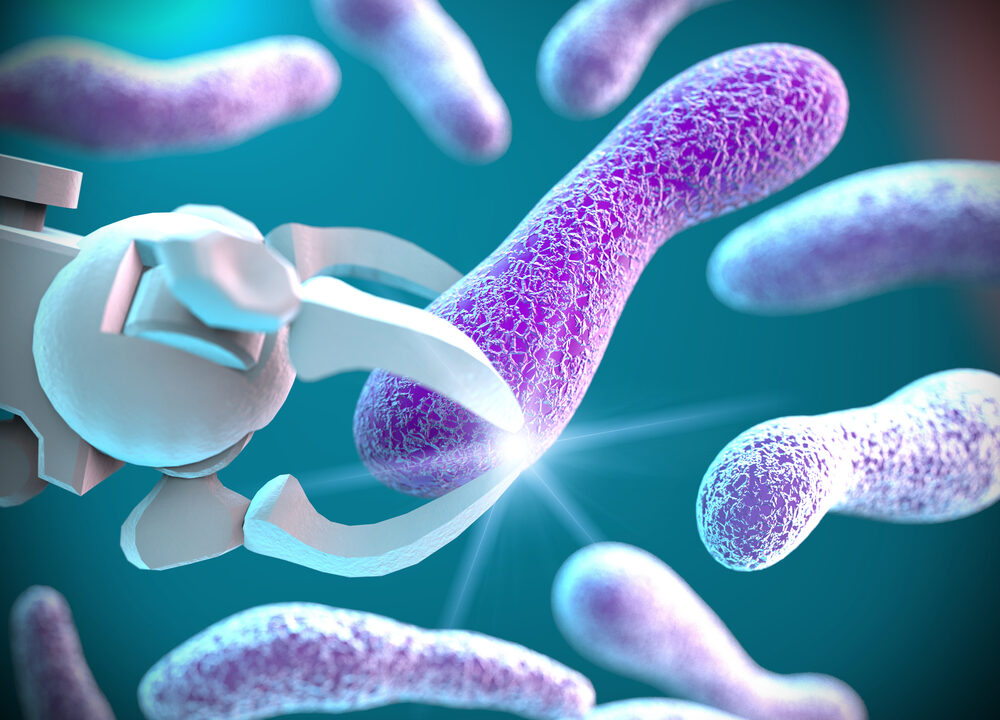The View from Animal Health Ireland: Once animals are housed they cannot pick up new worm or fluke infections until turn-out to grass the following spring, thus correct treatment at or during housing should keep them virtually free of worms and liver fluke until they return to pasture.
Tips for dosing:
Discuss with your vet which products to use and follow the label directions exactly.
Weigh a number of animals to ensure you administer the right amount. Under-dosing can lead to build up of anthelminthic-resistant parasites on your farm.
For worms – use products active against both adult and inhibited larvae of the stomach worm, O. ostertagi.
For lice control – use an externally applied product. Injectable products can be useful for sarcoptic and psoroptic mange.
If the flukicide used at housing is only effective in treating older immature liver flukes and/or adult liver flukes, then, check dung samples 6-8 weeks after housing to see if any liver fluke eggs are present and re-treat if needed.
Alternatively, delay treatment until 6-8 weeks after housing, by which time most of the liver fluke present in the animal will be adult and susceptible to treatment.
If products containing triclabendazole are used at housing, these should kill early immature and adult liver flukes and therefore a follow-up treatment should not be necessary.
If treating dairy cows at drying-off or during the dry period, check the latest product literature for withdrawal period information to avoid residues in milk in the next lactation.
If cattle are turned back out to pasture over winter even for a short period following housing they can be exposed to parasites and it may be necessary to retreat.
For further information see the ‘Parasite Control at Housing’ leaflet on the Animal Health Ireland website here. Farm-specific queries should be discussed with your own vet.
By the Animal Health Ireland Parasite Control Technical Working Group
Image Shutterstock
